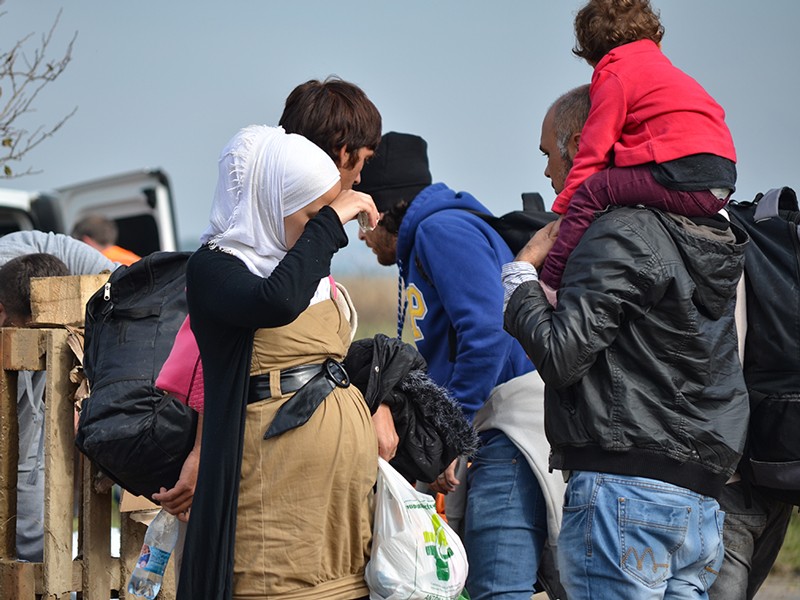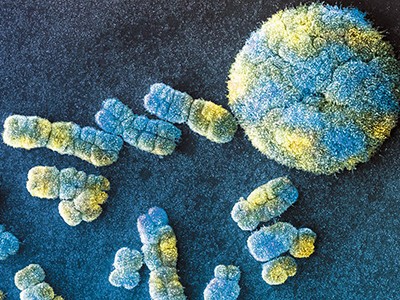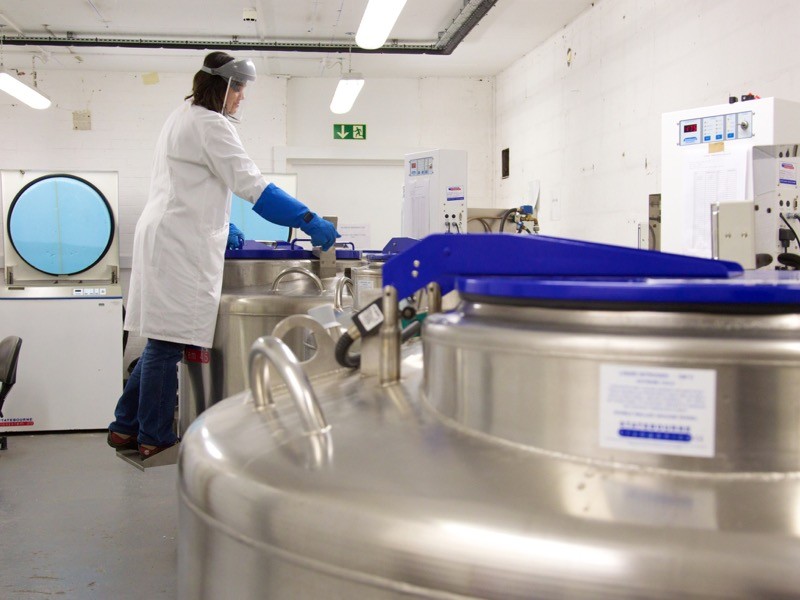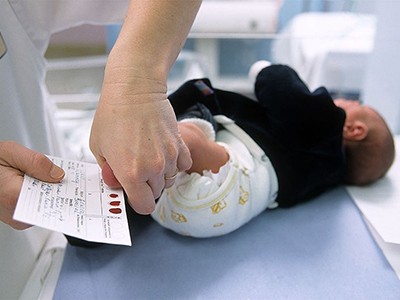The Maternal Imprint: The Contested Science of Maternal-Fetal Effects Sarah S. Richardson Univ. Chicago Press (2021)
Like me, my grandmother lived with anxiety, although she wouldn’t have described it like that. Unlike me, she fled Poland under forged papers at the outset of the Second World War, knowing that her twin sister and beloved stepmother remained in the occupied country.
When I read news coverage of Rachel Yehuda’s 2016 study claiming that the children of Holocaust survivors have epigenetic changes at a particular site in the genome, and those changes make them more susceptible to stress (R. Yehuda et al. Biol. Psychiatry 80, 372–380; 2016), it set me wondering. Did my grandmother’s traumatic experiences cause changes to the regulation of her DNA that her body transmitted to my father when she was pregnant, ultimately contributing to my anxiety? Or was my anxiety due to genetics, culture, upbringing or the chilling knowledge that something terrible had happened to my relatives? Or was it all of the above?
Yehuda’s study has been criticized often for its small sample size, tiny control group and outsize claims of causality, although you might not know it from media coverage. Sarah Richardson’s book The Maternal Imprint broadens this criticism to the field of human transgenerational epigenetics more generally. She argues that social assumptions about maternal responsibility lend ideas in this field more credibility than they deserve on the basis of the data. Her argument will be interesting to researchers, pregnant nerds and policymakers, although she could have done a better job of showing her working.
Epigenetics concerns chemical changes to DNA that don’t alter the sequence itself, but do affect how genes are regulated; one such change is called methylation. Richardson discusses only transgenerational epigenetics, the kind that can be passed down to a gamete or embryo. This is distinct from epigenetic changes relayed between cells in a person’s body. The latter is solidly supported and has a significant effect on the genomes of cancer cells, for example.
The first half of the book is an overlong tour of theories of maternal and paternal contributions to heredity since the late nineteenth century. Richardson, a historian of science, shows how each era’s beliefs shaped its theories.
Prevailing thought has flip-flopped several times. In the 1880s, ‘germ plasm’ theory held that the sperm and egg contributed equally to heredity. Between the 1880s and early 1900s, a subgroup of eugenicists in the United States rejected these ideas and thought that a mother’s mental state during pregnancy would be permanently imprinted on her child. For instance, an 1882 book by educational reformer Georgiana Bruce Kirby told pregnant women that to properly influence their fetuses, they should do mathematics and play music every day instead of taking part in “household drudgery” such as “making jam” and “hemming skirts”. Then, in the 1910s, men were thought to bring the lion’s share of risk to the offspring, owing to their more dangerous jobs and greater likelihood of drinking alcohol.
Finally, Richardson gets to her central critique of human epigenetics work. She pokes many holes in three groups of studies: Suzanne King’s work on babies gestated during a 1998 ice storm in Quebec, Canada; Yehuda’s studies of Holocaust survivors and their children; and research on babies gestated during the Dutch Hunger Winter famine of 1944–45.
The ice-storm studies looked at only 34 children, and had no control group. The Holocaust work had only eight parental controls and nine offspring controls. The Dutch studies involved 811 offspring — a large enough sample size, including plenty of controls. Yet Richardson points out that the effect sizes they found were low: differences in DNA methylation levels of between 0.7% and 2.7%. None of the studies took biological samples from the children at birth. Without those, Richardson argues, they can’t rule out ‘reverse causation’. In other words, they can’t pin down whether epigenetic changes caused, say, increased susceptibility to stress, or whether susceptibility to stress caused the epigenetic changes.
Epigenetics studies typically use blood samples, but epigenetics varies by cell type, so if you’re interested in effects in the brain, it’s not clear that you would learn anything from changes in blood. And studies rarely collect much, if any, information about paternal contributions to the studied effects. One theory holds that maternal obesity during pregnancy causes higher rates of obesity in children; studies that expanded the research have found that paternal size explains the variation better.
Richardson makes many good points, but references and counterpoints are too thin on the ground. Most problematic, she doesn’t engage with the growing body of work designed to address some of the gaps in the Dutch studies — efforts such as the Avon Longitudinal Study of Parents and Children in the United Kingdom, and at least seven others covered by the Pregnancy And Childhood Epigenetics Consortium that have sample sizes in the thousands and collect umbilical-cord blood to address reverse causation. Richardson never explains how she selected the three groups of studies that she focuses on to the exclusion of others.
Her key contention is that weak epigenetics findings can exert too tenacious a hold because our culture teaches us to assume that mothers bear responsibility. It’s true — women are much too easy to blame. But to make a strong case, other interpretations need to be addressed, such as the general frenzy for DNA-based explanations, or the cult of personal over societal responsibility.
Richardson is right, however, about how cultural assumptions diminish possibilities. As public-health specialist Liana Winett has written: “Asking, ‘What would a woman do today if she wanted to help her baby avoid chronic disease?’ is very different from, and much more limiting than asking, ‘What would our society do and provide if we wanted to be the healthiest place to be born?’”
"easy" - Google News
November 08, 2021 at 06:14PM
https://ift.tt/3qixehJ
Are mothers too easy to blame? - Nature.com
"easy" - Google News
https://ift.tt/38z63U6
Shoes Man Tutorial
Pos News Update
Meme Update
Korean Entertainment News
Japan News Update
Bagikan Berita Ini


















0 Response to "Are mothers too easy to blame? - Nature.com"
Post a Comment